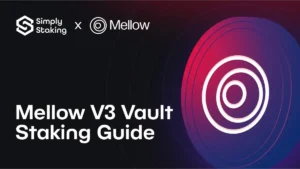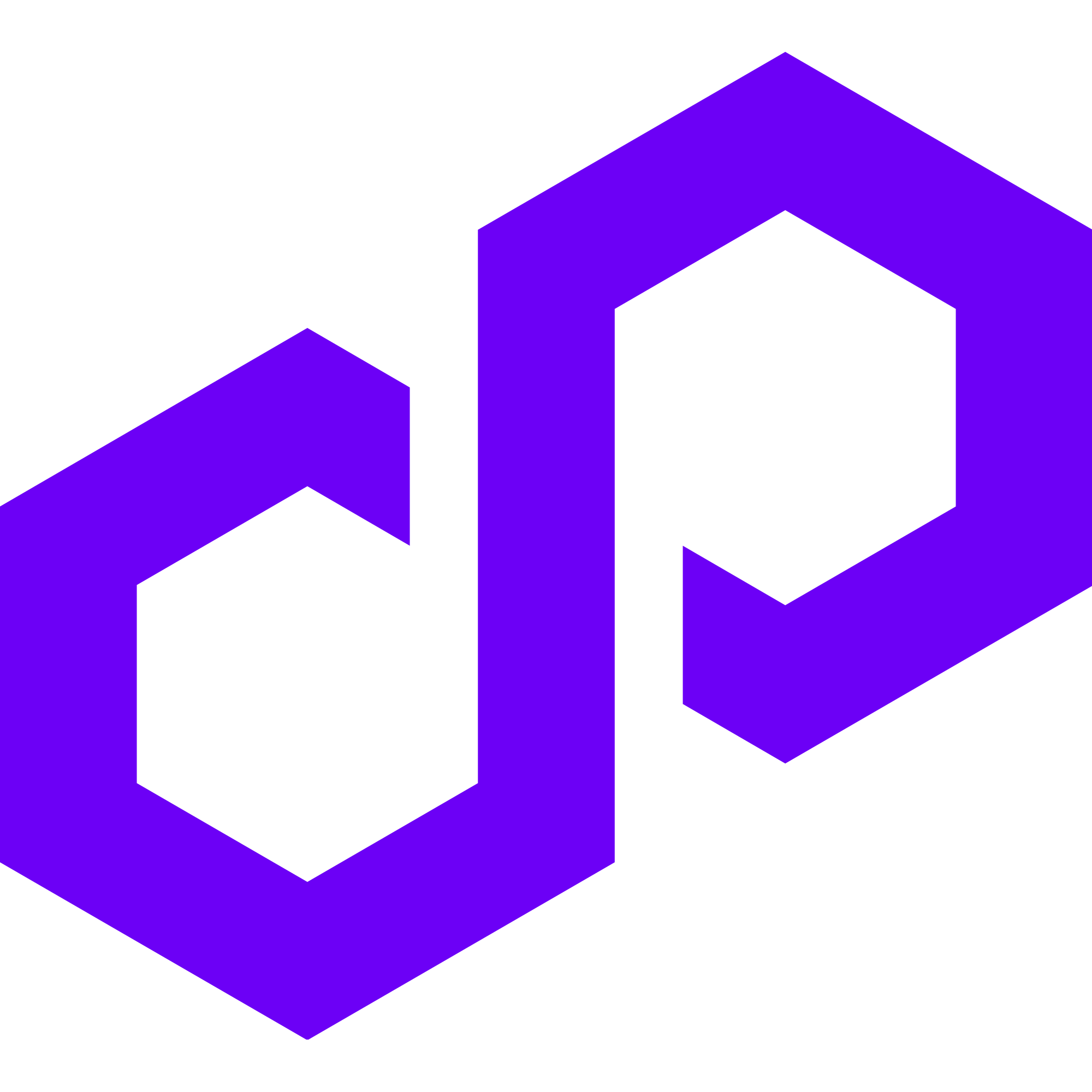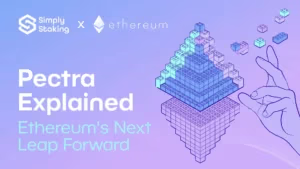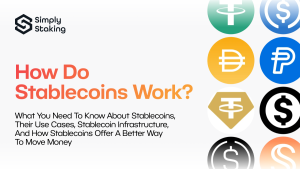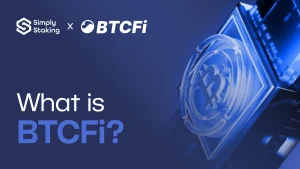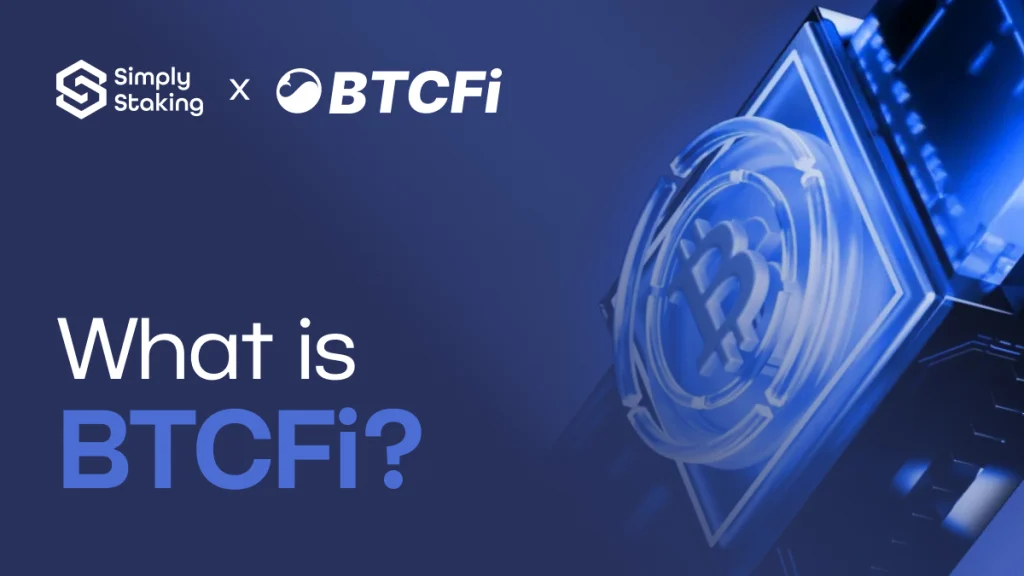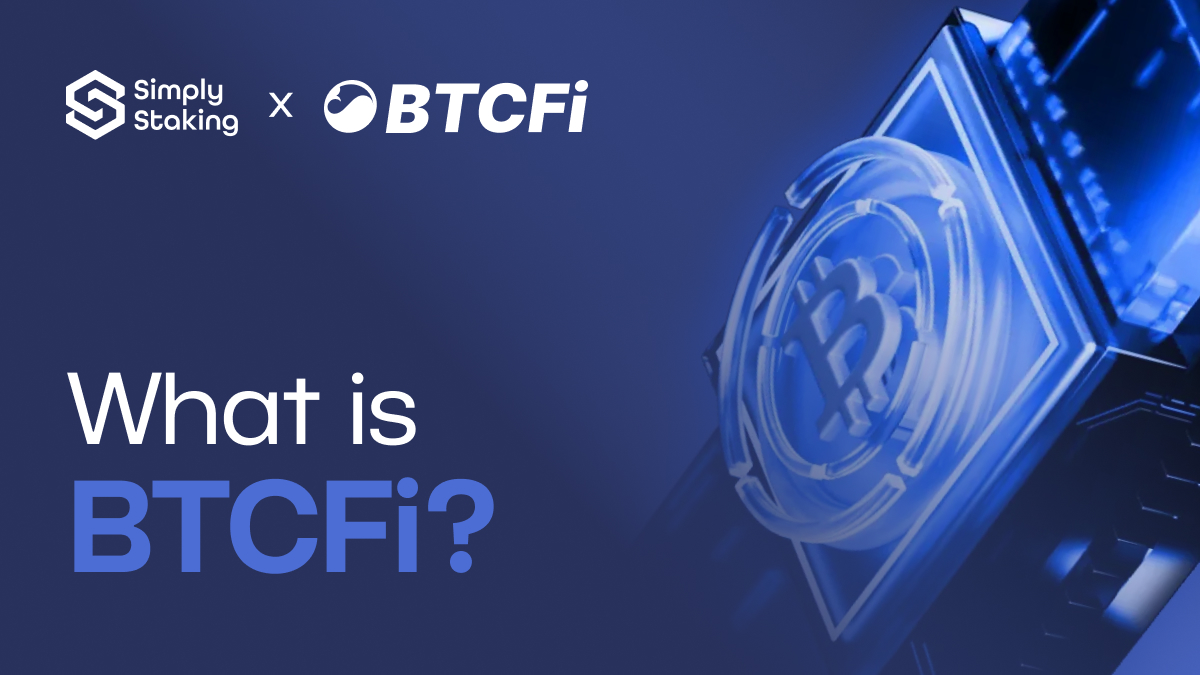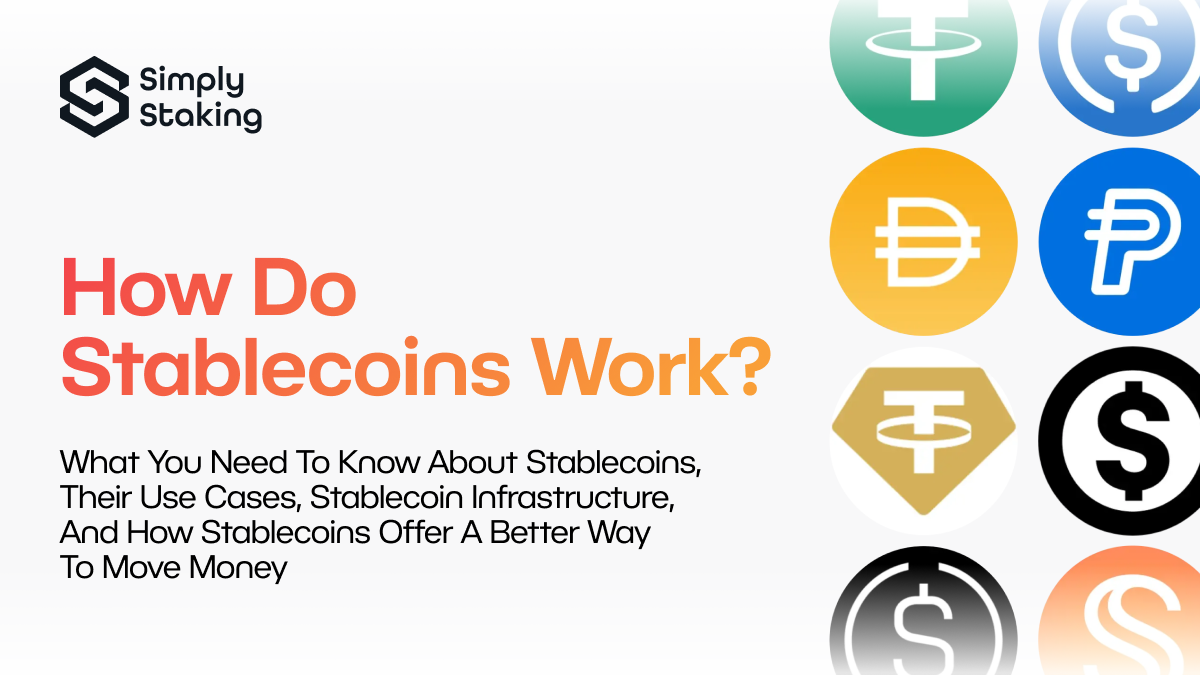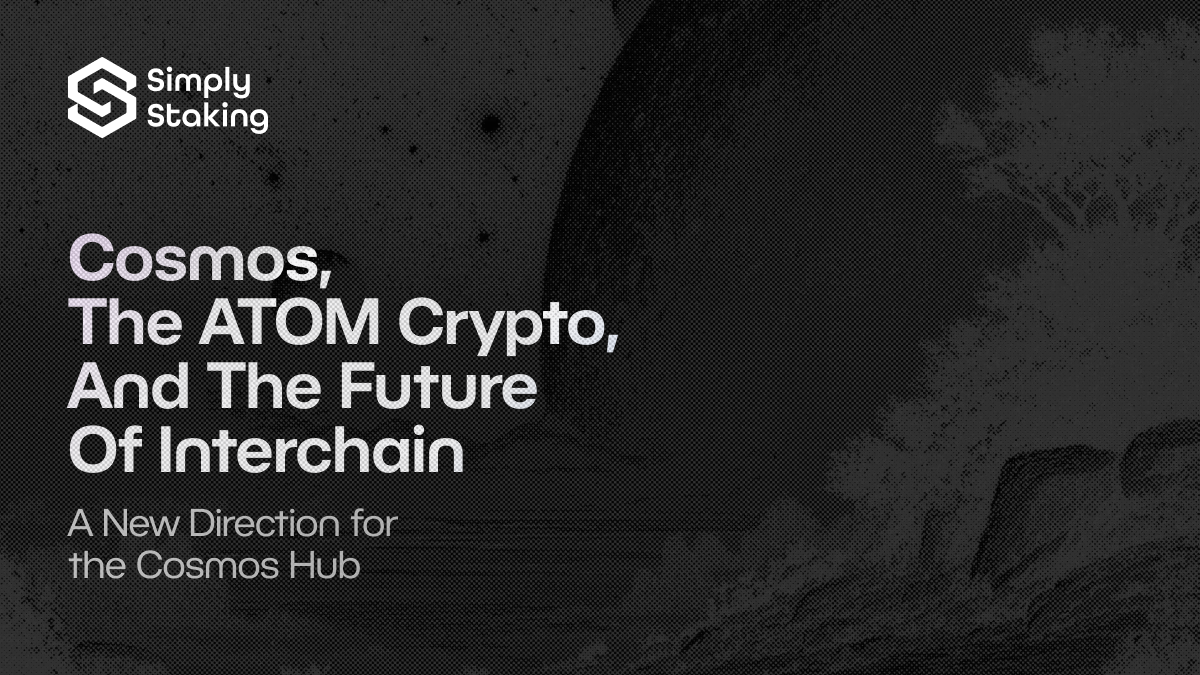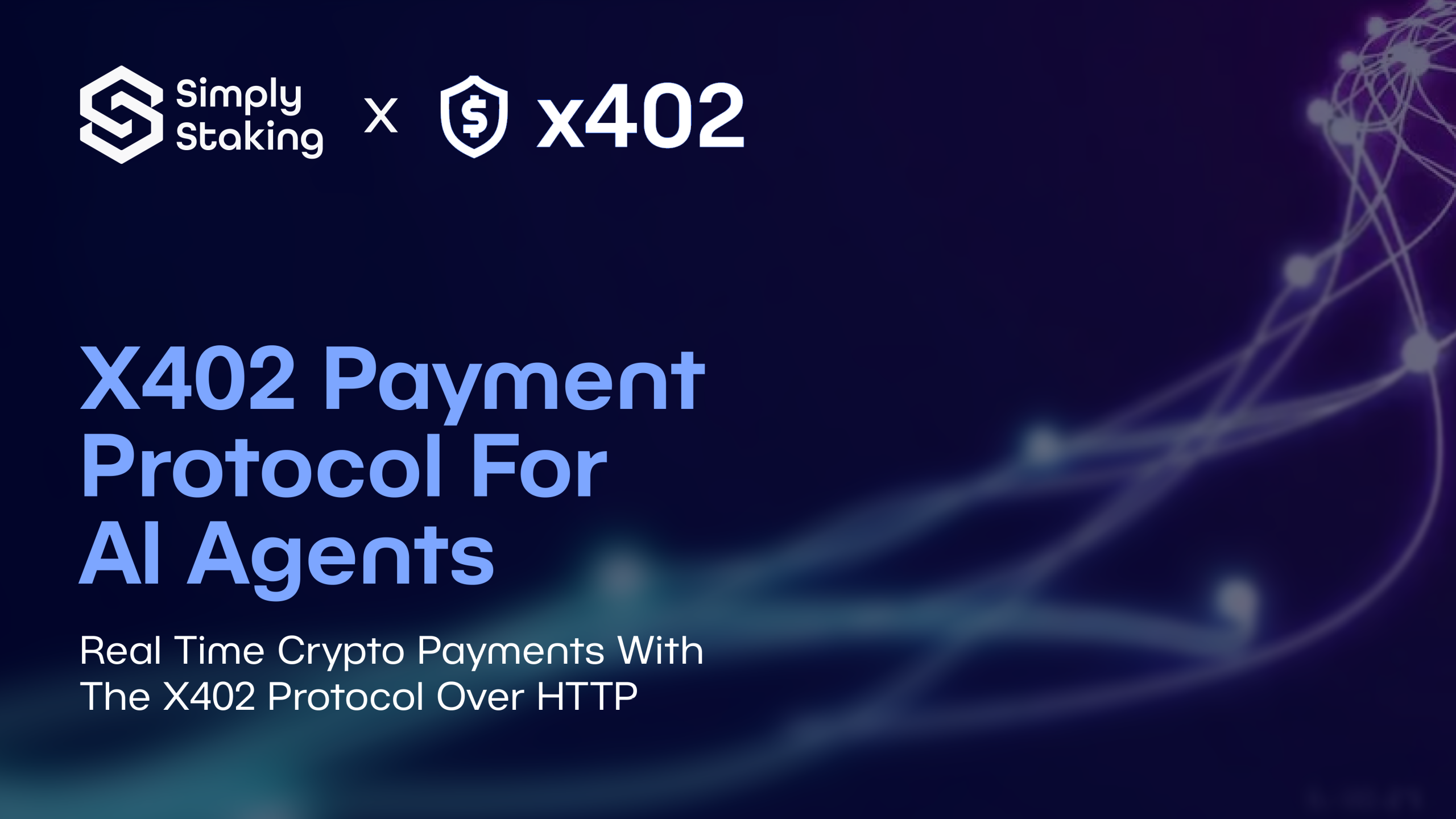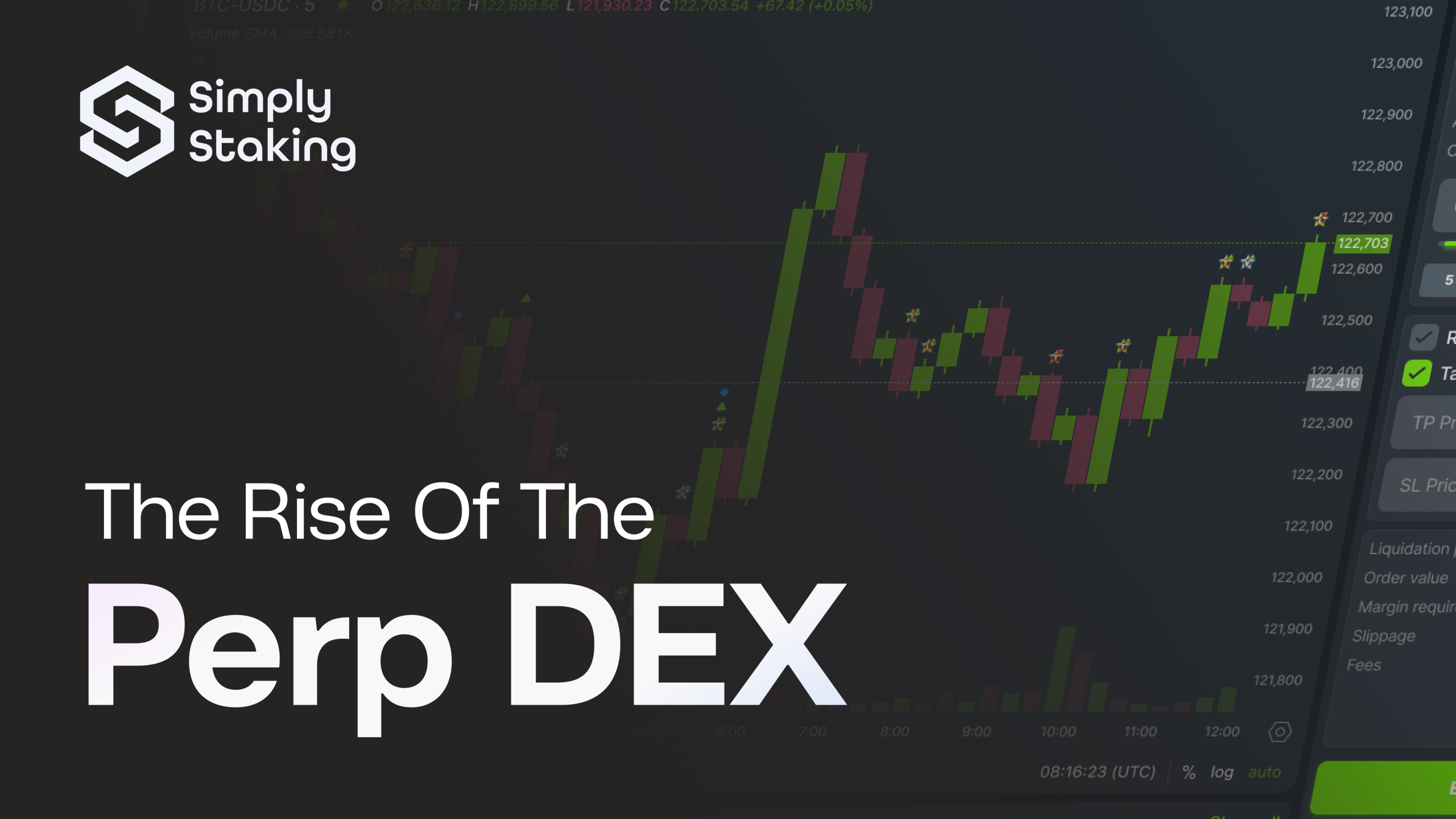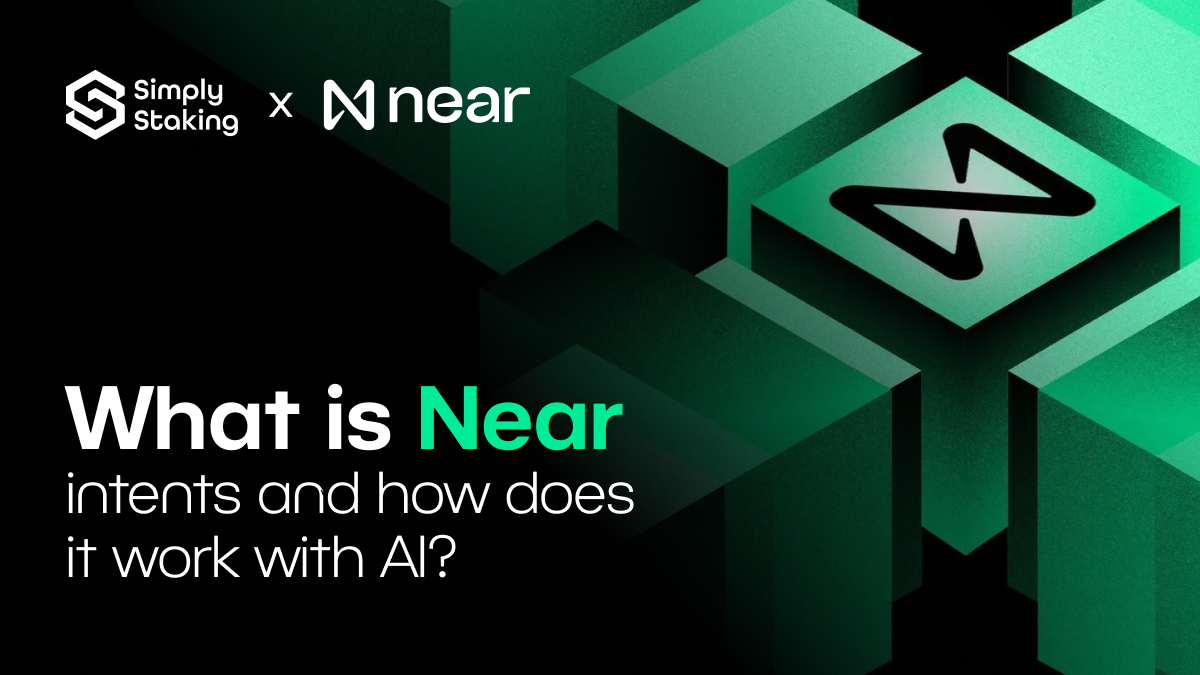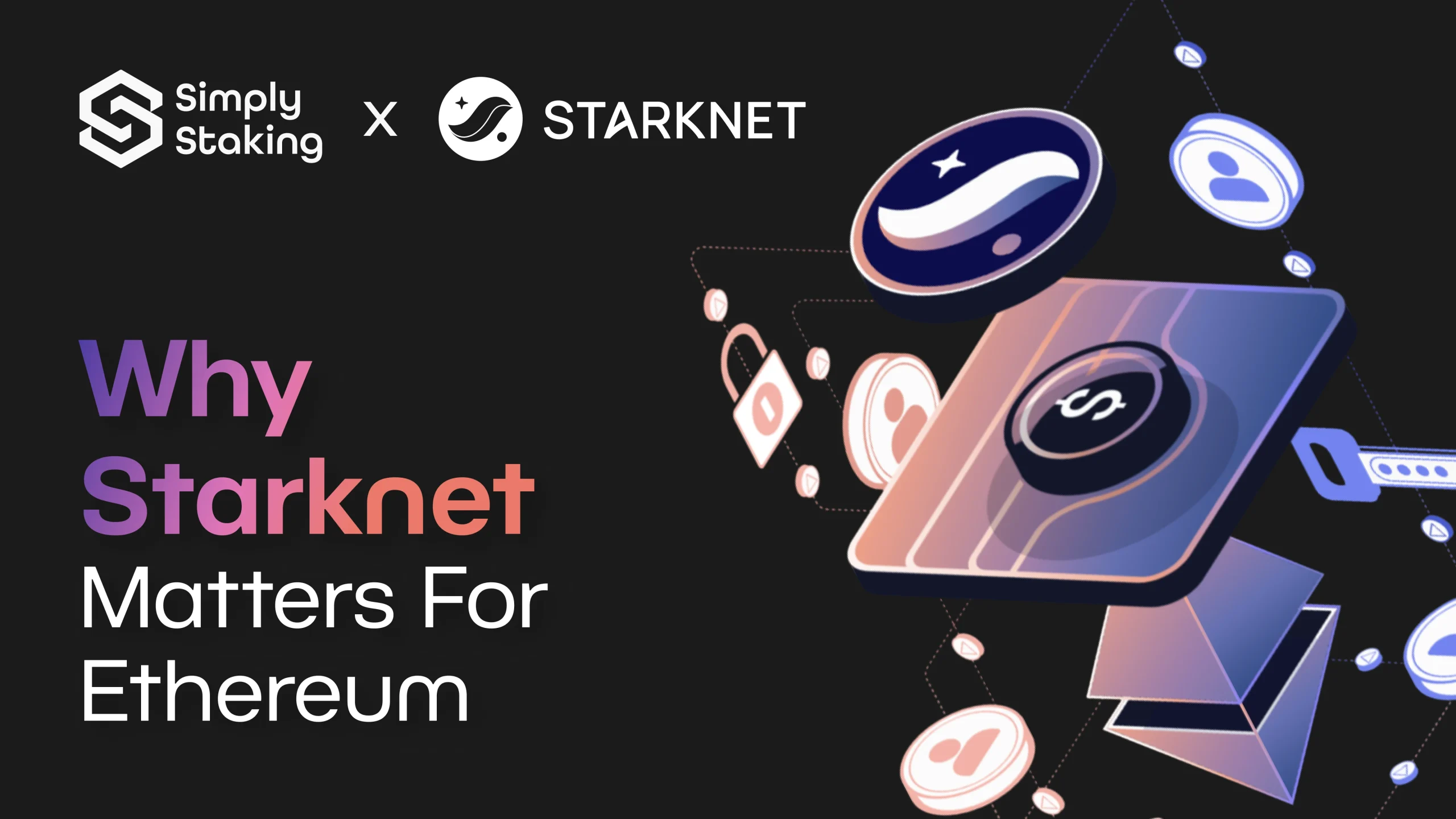How Bitcoin Holders Are Powering a New Financial Ecosystem
Bitcoin Is Learning to Earn
For most of its life Bitcoin has been the strong silent type. The one you buy, hold and rarely touch much like digital gold that quietly sits in your wallet as a store of wealth while the rest of the crypto world races ahead experimenting with decentralised finance, NFTs and new blockchain networks.
But what if that digital gold could start working for you within a decentralised ecosystem built around Bitcoin itself?
Well, that is exactly the idea behind BTCfi, short for Bitcoin Finance. BTCfi is a fast-growing movement that brings DeFi to the Bitcoin network, letting everyday Bitcoin holders earn yield, borrow, lend and use BTC in new financial ways. Effectively, BTCfi platforms and protocols are turning Bitcoin from a passive store of value into a dynamic financial engine.
Consider this. Around 62% of all BTC has not moved in over a year, representing trillions of dollars in unrealised Bitcoin liquidity. That is a massive portion of all BTC that will ever exist, and therefore, BTCfi aims to unlock that value and put it to work within the Bitcoin ecosystem all without relying on any centralised intermediaries.
It is important to note that fundamentally, this is not about changing Bitcoin’s fundamentals. It is about giving the largest cryptocurrency something new: a way to participate in the same ecosystem of decentralised finance that revolutionised Ethereum and other Layer 1 (L1) blockchains.
What Is BTCfi and How Does It Transform Bitcoin?
BTCfi is essentially a set of decentralised financial protocols that enable people to use BTC in ways that were once possible only on Ethereum and other L1s like Solana, Polkadot, Near amongst others. These BTCfi protocols create new DeFi use cases directly tied to the Bitcoin network.
Through BTCfi, Bitcoin holders can stake BTC, provide liquidity, borrow against Bitcoin and also participate in decentralised exchanges all while maintaining full control over their funds. The concept builds on smart contracts, sidechains and cross-chain bridges that connect Bitcoin DeFi with broader crypto ecosystems.
In practice, what BTCfi did was to transform Bitcoin into an active financial player rather than just a passive investment as it gives everyday Bitcoin users access to DeFi protocols and financial products for the first time.
If you would like to understand the technical layers that make this possible, we highly encourage you to explore our earlier article on Bitcoin Layer 2 solutions. That guide gives a great overview of how the foundational blockchain infrastructure now supports this new wave of Bitcoin-backed decentralised applications.
The Economic Opportunity Within the Bitcoin Ecosystem
Bitcoin’s market capitalisation, at the time of writing just over $2 Trillion, by far exceeds that of any other cryptocurrency, yet most of it sits idle. Think about that for a second, the vast majority of a $2 Trillion asset tucked away laying dormant and effectively, BTCfi unlocks that value by turning BTC into a productive asset within the ecosystem of decentralised finance.
Now you can user your BTC to directly engage with BTCfi platforms enabling you to can lend, stake or use BTC as collateral without selling it, and therefore allowing you and other Bitcoin holders to earn yield safely while contributing to network liquidity and decentralisation.
Ethereum’s DeFi ecosystem already showed what was possible for programmable blockchains, and now BTCfi is doing the same for Bitcoin, combining its security and decentralisation with the efficiency of modern DeFi protocols. By integrating liquid staking, cross-chain interoperability and self-custody, BTCfi enables BTC to flow freely across decentralised applications while remaining true to Bitcoin’s core principles.
How BTCfi Protocols Work in the Bitcoin Network
The BTCfi ecosystem relies on multiple protocols that interact with the Bitcoin blockchain through layers and smart contracts. Often users can lock BTC in secure mechanisms, then use it in DeFi activities such as lending, liquidity provision or staking.
Think of it like this: your Bitcoin stays anchored to its network, while BTCfi protocols mirror it in a programmable environment where it can generate rewards. This design ensures security and decentralisation without relying on centralised custodians or wrapped versions of BTC.
As the BTCfi ecosystem grows, new tools are emerging like automated market makers and decentralised exchanges to liquid staking services and Bitcoin-backed stablecoins with each protocol brings Bitcoin closer to being fully integrated into a new, permissionless financial system.
Leading BTCfi Protocols and Platforms
BTCfi is not a single product or network. It is an ecosystem of decentralised finance projects building financial tools around Bitcoin. To have a quick overview of what is being built, below are some of the most influential BTCfi protocols shaping this movement.
| Category | Example | What It Enables |
| Smart Contract Layers | Stacks | Allows developers to build DeFi and NFT applications directly connected to the Bitcoin blockchain. |
| BTC Staking Protocols | Babylon | Lets Bitcoin holders stake coins to secure other networks and earn yield. |
| Liquidity Networks | Liquid Network | Designed for fast, private Bitcoin settlements and asset issuance within the BTCfi ecosystem. |
| Sidechains with EVM Compatibility | Botanix (Spiderchain) | Makes Bitcoin compatible with the Ethereum Virtual Machine (EVM), expanding BTC’s DeFi use cases. |
| Advanced Computation and ZK Layers | BitVM, Citrea | Explore new cryptographic models for verifying smart contracts and rollups linked to Bitcoin. |
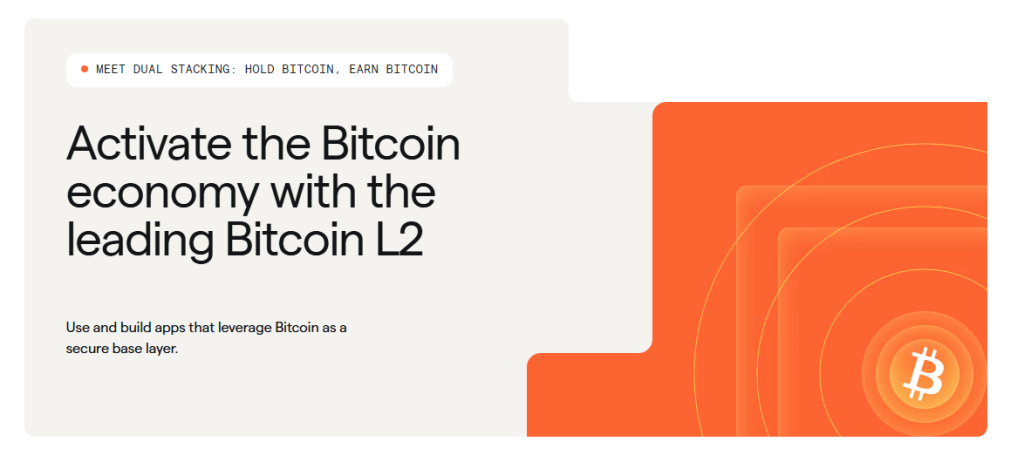
Together these BTCfi platforms represent a decentralised network of builders focused on expanding Bitcoin’s financial services while maintaining its security and decentralised nature.
Why BTCfi Differs from Traditional DeFi
At first glance BTCfi and DeFi may seem similar: both involve smart contracts, liquidity pools and open participation., but the key difference lies in the foundation.
Traditional DeFi developed on flexible blockchains like Ethereum, where innovation happens quickly but often sacrifices stability. BTCfi, however, inherits Bitcoin’s conservative ethos. It prioritises security, decentralisation and self-custody over rapid experimentation. In other words, DeFi is where developers move fast. BTCfi is where they build things that last.
The BTCfi ecosystem emphasises sustainable yield, minimal trust and genuine decentralisation. It bridges the reliability of the Bitcoin blockchain with the innovation of decentralised financial applications, giving BTC a unique position within the world’s largest cryptocurrency network.
Challenges Facing the BTCfi Ecosystem
BTCfi is still young, and its ecosystem of financial products faces several challenges. Moving BTC across layers introduces real risks related to liquidity, custody and regulation. Bridges must be secure, Bitcoin holders need confidence to participate, and developers must ensure full transparency. additionally, regulatory frameworks for staking and decentralised financial services are still evolving, and user education remains essential.
But, despite these obstacles, the BTCfi ecosystem is growing quickly. As more secure BTCfi protocols appear and integration improves, Bitcoin DeFi could become the most trusted segment of decentralised finance.
The Future of BTCfi and Bitcoin DeFi
The next phase of BTCfi looks remarkably bright. In 2025, multiple projects are set to define the landscape of Bitcoin DeFi.
Stacks is preparing to roll out sBTC, a Bitcoin-native token designed for use in smart contracts. Babylon is entering mainnet with its Bitcoin staking protocol, allowing BTC to secure other blockchains while holders earn yield. Botanix is expanding its Spiderchain, bridging Bitcoin to EVM-compatible ecosystems, while Citrea is experimenting with zero-knowledge proofs to enhance scalability and decentralisation.
These milestones together form the backbone of a new ecosystem of decentralised finance centred on Bitcoin. BTCfi enables Bitcoin holders to use their coins without selling, to earn yield, and to contribute to a permissionless, decentralised network that operates entirely on crypto principles.
Bitcoin is no longer just digital gold. It is slowly becoming the foundation of a decentralised financial ecosystem where every BTC can do more. Much more.
Conclusion: BTCfi Transforms Bitcoin into a Living Financial Network
BTCfi is not a passing trend. It is the evolution of Bitcoin from a store of value into the heart of a new decentralised finance ecosystem. It combines security, decentralisation and liquidity into something both powerful and practical.
From BTCfi protocols like Stacks and Babylon to research projects like BitVM and Citrea, the ecosystem continues to expand with each new development making Bitcoin more usable, more liquid and more integrated into the broader world of DeFi.
BTCfi transforms Bitcoin by showing that it can do far more than hold value. It can now also generate it.
As always, if you enjoyed this content, we encourage you to follow SimplyStaking on X for expert insights into the BTCfi ecosystem, detailed guides on new DeFi protocols, and updates on how Bitcoin holders everywhere are learning to make their BTC work.





